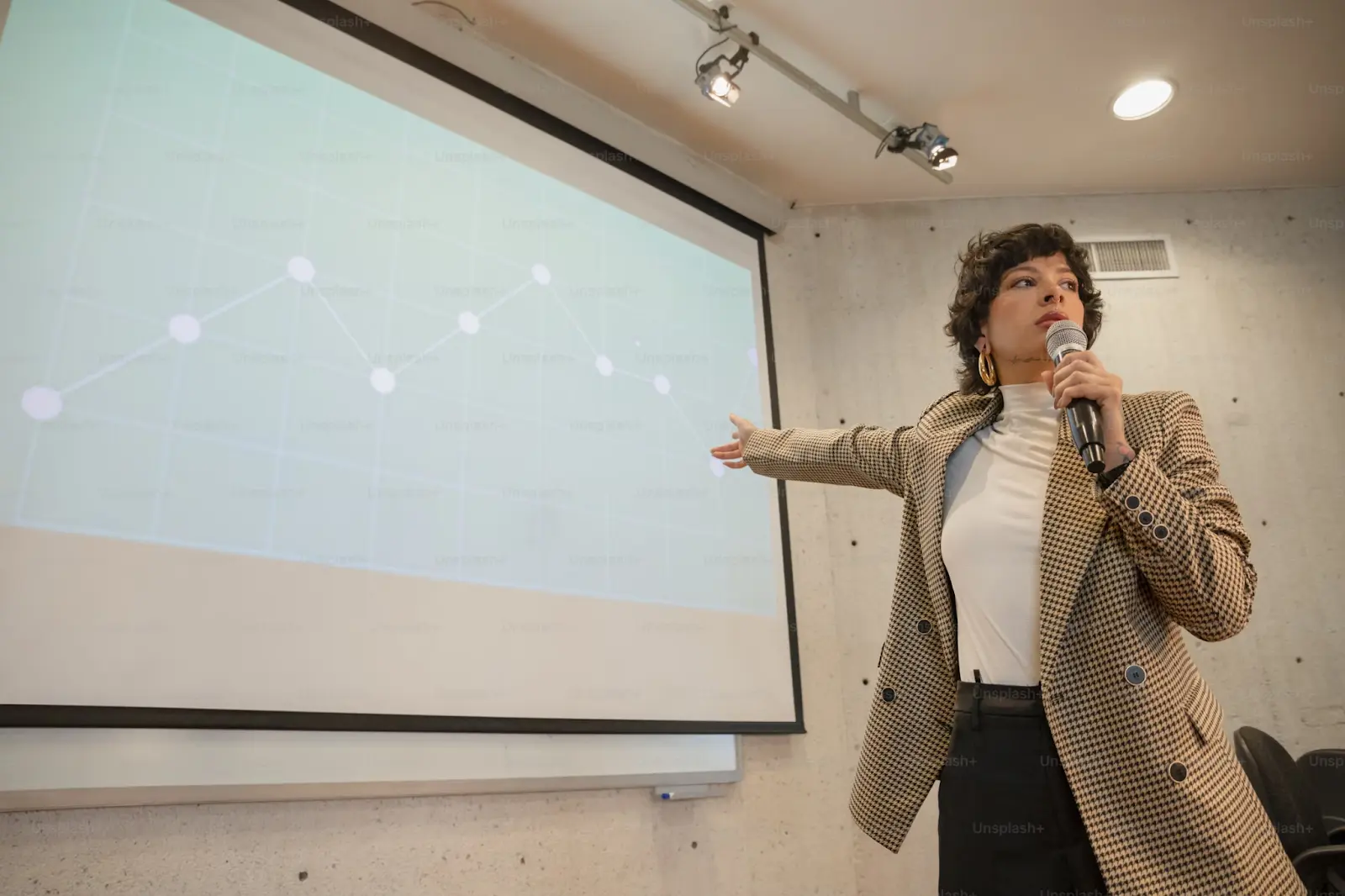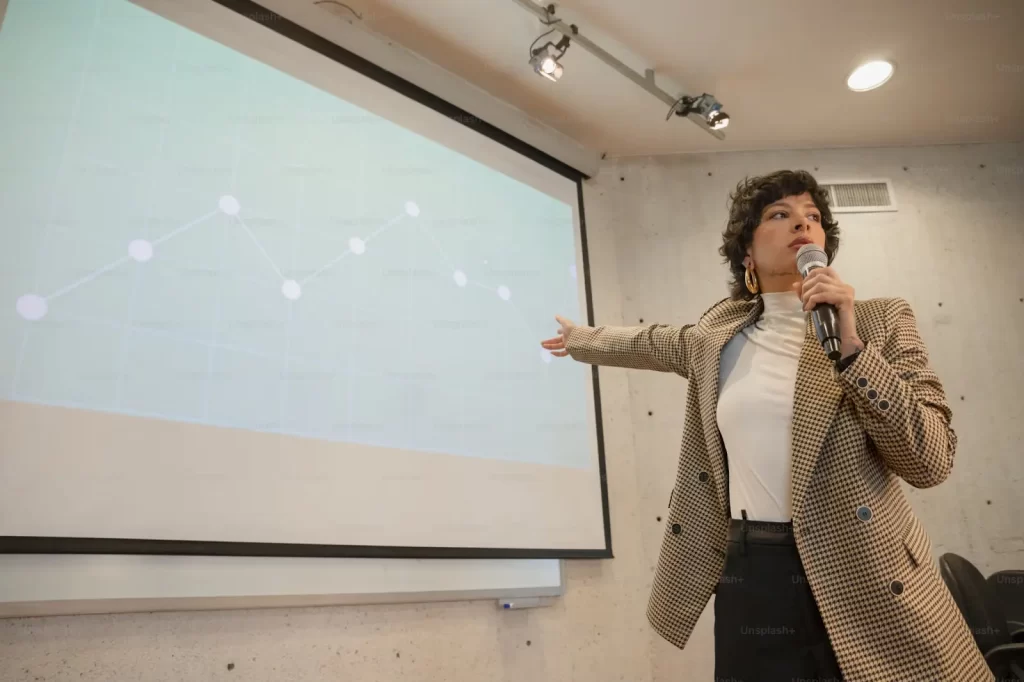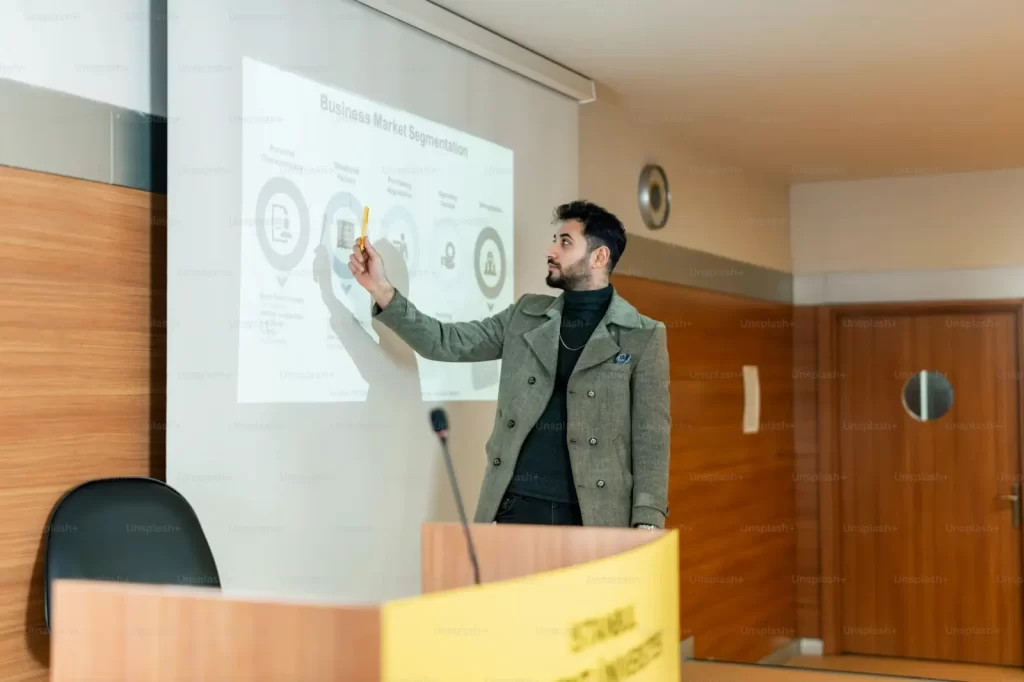
Public speaking and leadership skills are more crucial than ever in our fast-evolving world. The need for personal development programs and organizations is more important now than ever, whether for professionals, students, or entrepreneurs. For educators and entrepreneurs, this is a golden opportunity you shouldn’t miss. You can start your own business, be profitable, and also help many people improve themselves. By leveraging a well-established system, a solid support structure, and a reputable brand, you can start your own branch and make money as both an educator and entrepreneur in the personal development space through franchising.
Imagine owning a business that does more than just generate profit—it transforms lives. Pursue your love for teaching and mentoring while enjoying the financial benefits of being your own boss.
We’ve created this guide to help you through the step-by-step process of starting your own company and how a franchise business in public speaking can bring you closer to your goals. This is your chance to be your own boss with minimal risk.
Step-by-Step Guide to Starting a Public Speaking Franchise
Step 1: Understand the Public Speaking Sector
Do thorough research on the public speaking business, both locally and internationally, to determine whether it’s worth pursuing. Many people are drawn to this field due to the increasing need to improve public speaking and leadership skills. As a result, there is a significant demand for these services from professionals, students, entrepreneurs, and even parents seeking to improve their communication skills.
Step 2: Examine the Franchise Model in Detail
Take time to understand the franchise model or structure in detail. Focus on the following key aspects:
- What is the company’s unique selling point? Do they have a creative stand out point?
- Is it a tested business plan?
- What is the business’s mission and vision?
- What is the company’s reputation, both locally and internationally?
- Do they have any success stories, track records? Check the testimonials from previous franchisees.
- What makes you drawn to this company’s operating procedure? If you are not aware of this, do your due diligence and find qualities about the company’s operations that are aligned with your values.
Step 3: Create a Budget
Create a budget that considers:
- Franchise fees
- Expenses related to renting or establishing a site
- Operational costs
- Marketing expenses
Step 4: Apply to Become a Franchisee
To express your interest, you’ll need to apply to become a franchisee by reaching out to the business or academy and following their application process. This typically includes:
- Submitting your personal information
- Attending an interview to discuss expectations and goals
- Reviewing your financial commitments
- Confirming your readiness to comply with franchisor rules and regulations
Once your application is processed, you’ll be able to officially join the franchise if accepted.
Step 5: Get the Needed Support and Assistance
Once accepted, most companies will provide comprehensive support to help you get started. You’ll likely undergo training to fully equip you with the skills required to run a franchise. Training typically covers:
- How to teach the curriculum to students of all ages
- Marketing and promotional strategies for your franchise
- Effective strategies for managing day-to-day operations
Step 6: Establish Your Franchise Site
Choose a location that is easily accessible to your target audience, such as a school, community center, or a location near a college. Make sure to prepare the necessary resources and equipment to create an engaging learning environment.
Step 7: Launch and Promote Your Franchise
Once your site is prepared, it’s time to promote your business. You can use marketing tools provided by the academy and tailor them to suit your local preferences. To expand your franchise, implement efficient marketing strategies, such as:
- Hosting trial classes or open houses to attract potential students
- Sharing success stories on social media
- Collaborating with local businesses, universities, or schools to raise awareness about your franchise
Step 8: Prioritize Student Achievement
The quality of your public speaking academy’s programs is crucial to your success. Prioritizing quality will help build your franchise’s reputation and encourage word-of-mouth referrals. To maintain high standards, you can:
- Offer interactive, hands-on sessions for students
- Continuously improve your teaching methods
- Provide individualized support to each student to help them grow
Step 9: Expand Your Business
As your client base grows, manage your daily operations carefully, monitor your finances, and stay updated on industry trends to ensure the ongoing success of your franchise. If your business flourishes, you can consider opening additional branches to further expand your reach.
The 3 Key Benefits of Owning a MicFront Academy Franchise

1. A Purpose-Driven Business
MicFront Academy is a mission, not just a franchise. As an educator, you will have the privilege to make direct influences on people’s life by helping them become more confident, self-assured, and proficient leaders and public speakers. This means you will be in the position to encourage students in reaching their full potential, both personally and professionally, and this is a fulfilling experience that supersedes monetary gain. Therefore, MicFront Academy is the perfect option for educators who wish for a successful business and a purpose driven business that aligns with their own purpose.
2. Low Investment with High Returns
Starting a business typically requires a significant financial investment, but MicFront Academy makes it easier by offering a franchise opportunity with low initial investment. Regardless of your financial background, you can start with a relatively low cost and enjoy quicker returns, with a breakeven period of just two years, due to the increasing global demand for leadership skills.
3. Extensive Training and Support
Running a business can feel overwhelming, especially if you lack prior business experience. Fortunately, MicFront Academy provides extensive training and support to ensure you succeed. You’ll receive detailed guides on running the business, marketing strategies, set-up samples, and an easy-to-follow curriculum, along with ongoing support to ensure the success of your franchise.
Final Thoughts
A public speaking franchise is more than just a business opportunity—it’s a chance to make a meaningful impact in your community. It’s an ideal way for educators to balance profitability with purpose, as it requires minimal investment and comes with the foundation of a parent company.
MicFront Academy’s franchise opportunity is supported by excellent testimonials from previous franchisees. Our company is committed to helping you succeed, we promise to provide strong support and marketing strategies along the way. If you’re ready to start a profitable, in-demand business, get in touch with us today — let’s start to build confident orators worldwide together!





































